Filter by
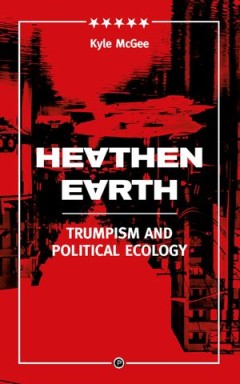
Heathen Earth
Heathen Earth: Trumpism and Political Ecology looks beyond the rising fortunes of authoritarian nationalism in a fossil-fueled late capitalist world to encounter its conditions. Trumpism represents an alternative to the forces undermining the very cosmology of the modern West from two opposing directions. The global economy, the pinnacle of modernization, has brought along a dark side of massiv…
- Edition
- -
- ISBN/ISSN
- 9780998531885
- Collation
- -
- Series Title
- -
- Call Number
- 650
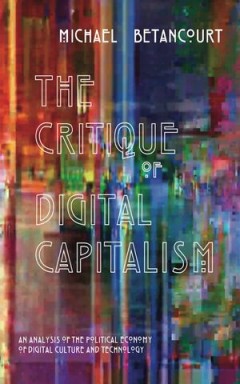
The Critique of Digital Capitalism : An Analysis of The Political Economy of …
Anything that can be automated, will be. The “magic” that digital technology has brought us — self-driving cars, Bitcoin, high frequency trading, internet of things, social networking, mass surveillance, the 2009 housing bubble — has not been considered ideologically. The Critique of Digital Capitalism identifies how digital technology has captured contemporary society in a reification …
- Edition
- -
- ISBN/ISSN
- 9780692598443
- Collation
- -
- Series Title
- -
- Call Number
- 650
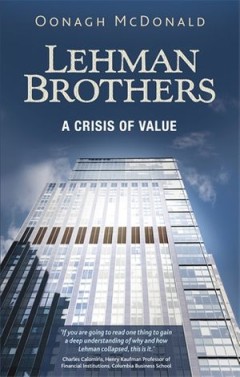
Lehman Brothers : A Crisis of Value
This book explains the fundamental causes of the bank's failure, including the inadequacy of the regulatory and supervisory framework. For some, it was the repeal of the Glass-Steagall Act that was the overriding cause, not just of the collapse of Lehman Brothers, but of the financial crisis as a whole. The book argues that the cause is partly to be found both in weak and ineffective regulation…
- Edition
- -
- ISBN/ISSN
- 9781526100580
- Collation
- -
- Series Title
- -
- Call Number
- 650
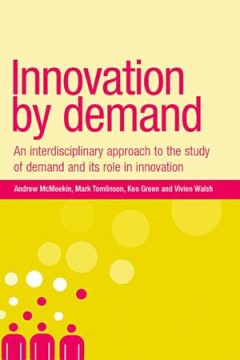
Innovation by Demand : An Interdisciplinary Approach to the Study of Demand …
The structure and regulation of consumption and demand has recently become of great interest to sociologists and economists alike, and at the same time there is growing interest in trying to understand the patterns and drivers of technological innovation. This book brings together a range of sociologists and economists to study the role of demand and consumption in the innovative process. Th…
- Edition
- -
- ISBN/ISSN
- 9780719062674
- Collation
- -
- Series Title
- -
- Call Number
- 650
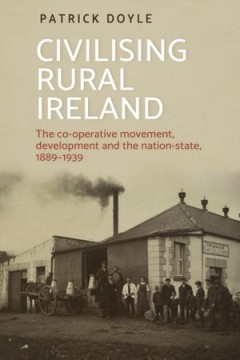
Civilising rural Ireland
Civilising Rural Ireland examines how modern Ireland emerged out of the social and economic transformation prompted by the rural co-operative movement. The movement emerged in response to systemic economic problems that arose throughout the nineteenth century and coincided with a wide-ranging project of cultural nationalism. Within a short space of time the co-operative movement established a s…
- Edition
- -
- ISBN/ISSN
- 9781526124579
- Collation
- -
- Series Title
- -
- Call Number
- 650
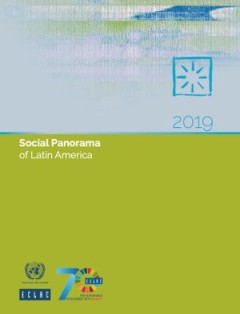
Social Panorama of Latin America 2019
This edition of Social Panorama of Latin America offers the customary analysis of trends in income inequality, poverty and social spending in Latin America, and includes an analysis of migration, which has moved up the region’s political and social agenda. Continuing the upward trend that has been recorded since 2015 in Latin America, 30.1% of the region’s population was below the poverty l…
- Edition
- -
- ISBN/ISSN
- 9789211220308
- Collation
- -
- Series Title
- -
- Call Number
- 650
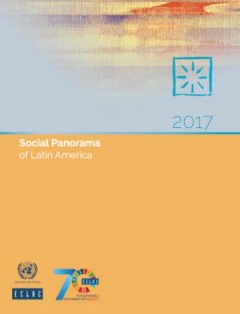
Social Panorama of Latin America 2017
In this edition of Social Panorama of Latin America, ECLAC has addressed the questions posed by the countries of the region in three major areas: income inequality between individuals and households and how these relate to labour market dynamics; the evolution of poverty and its determinants; and the effects of pension systems on equality. The poverty analysis in this 2017 edition is based on a…
- Edition
- -
- ISBN/ISSN
- 9789211219791
- Collation
- -
- Series Title
- -
- Call Number
- 650
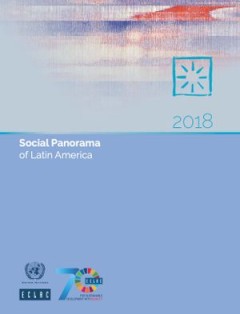
Social Panorama of Latin America 2018
The Social Panorama of Latin America 2018 analyzes issues crucial to understanding and action given the structural challenges facing the countries of Latin America and the Caribbean in the current economic and social situation, especially in the context of the transformations underway in labor markets. Throughout the report, which has been published since 1991, strategies and policies are sugge…
- Edition
- -
- ISBN/ISSN
- 9789211220094
- Collation
- -
- Series Title
- -
- Call Number
- 650
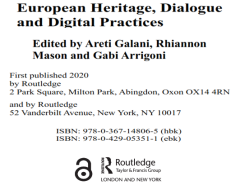
European Heritage, Dialogue and Digital Practices
European Heritage, Dialogue and Digital Practices focuses on the intersection of heritage, dialogue and digital culture in the context of Europe.
- Edition
- -
- ISBN/ISSN
- 9780367148065
- Collation
- -
- Series Title
- -
- Call Number
- T 372.891 GAL e
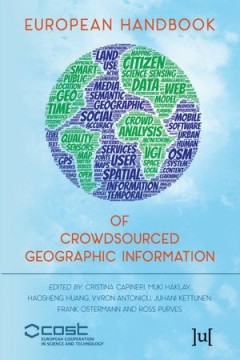
European Handbook of Crowdsourced Geographic Information
This book focuses on the study of the remarkable new source of geographic information that has become available in the form of user-generated content accessible over the Internet through mobile and Web applications
- Edition
- -
- ISBN/ISSN
- 9781909188808
- Collation
- -
- Series Title
- -
- Call Number
- T 372.891 HAK e
 Computer Science, Information & General Works
Computer Science, Information & General Works  Philosophy & Psychology
Philosophy & Psychology  Religion
Religion  Social Sciences
Social Sciences  Language
Language  Pure Science
Pure Science  Applied Sciences
Applied Sciences  Art & Recreation
Art & Recreation  Literature
Literature  History & Geography
History & Geography